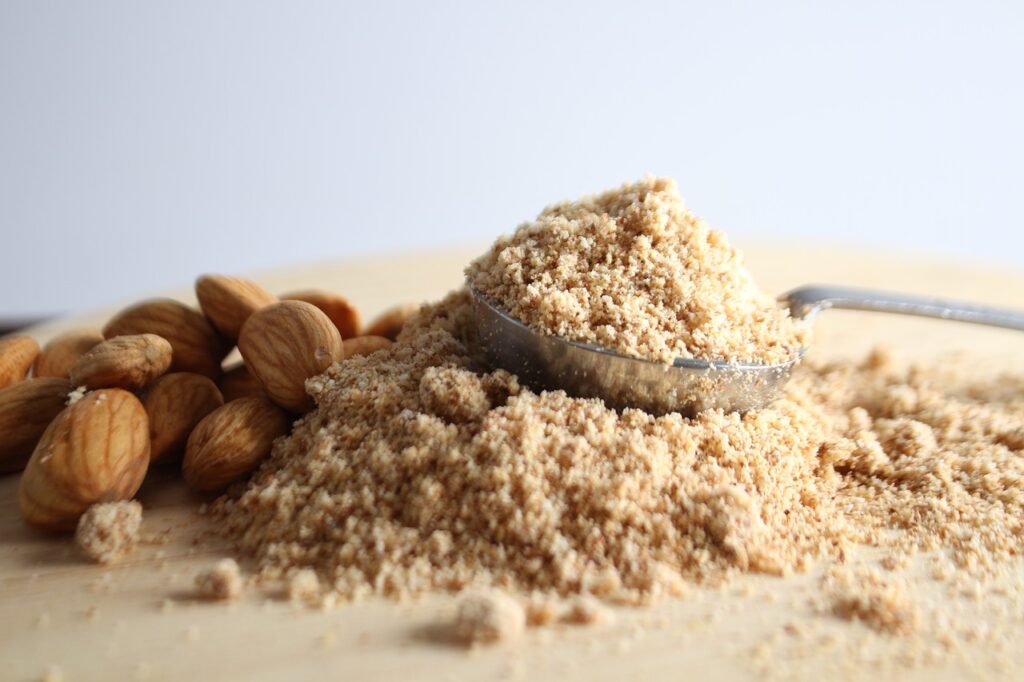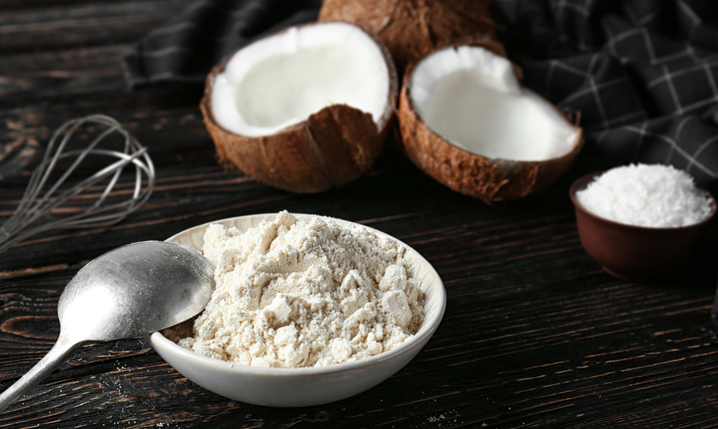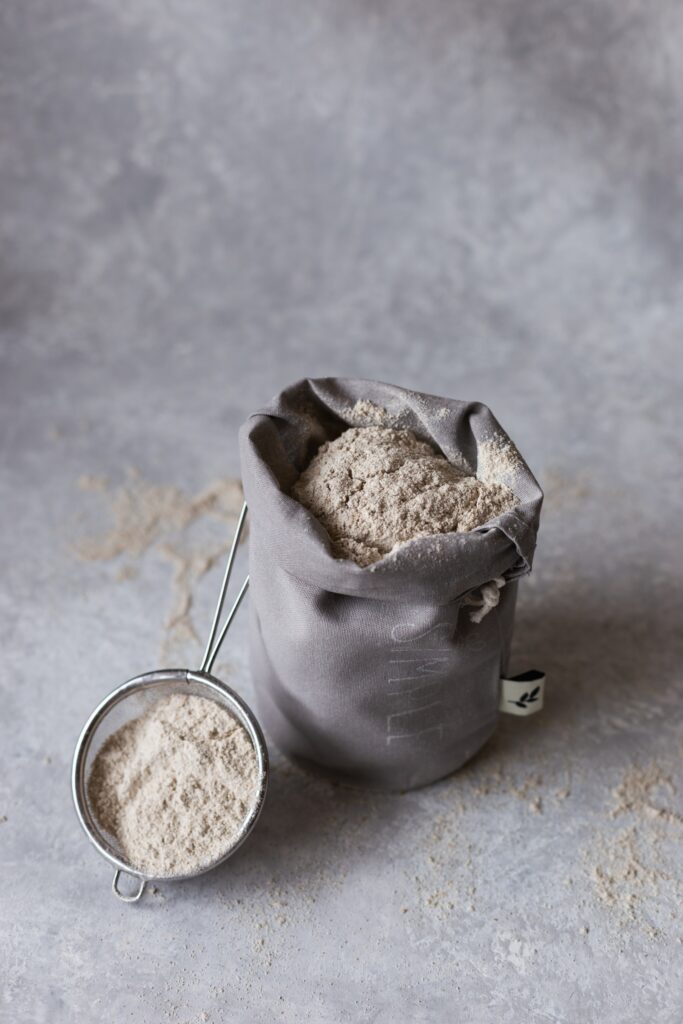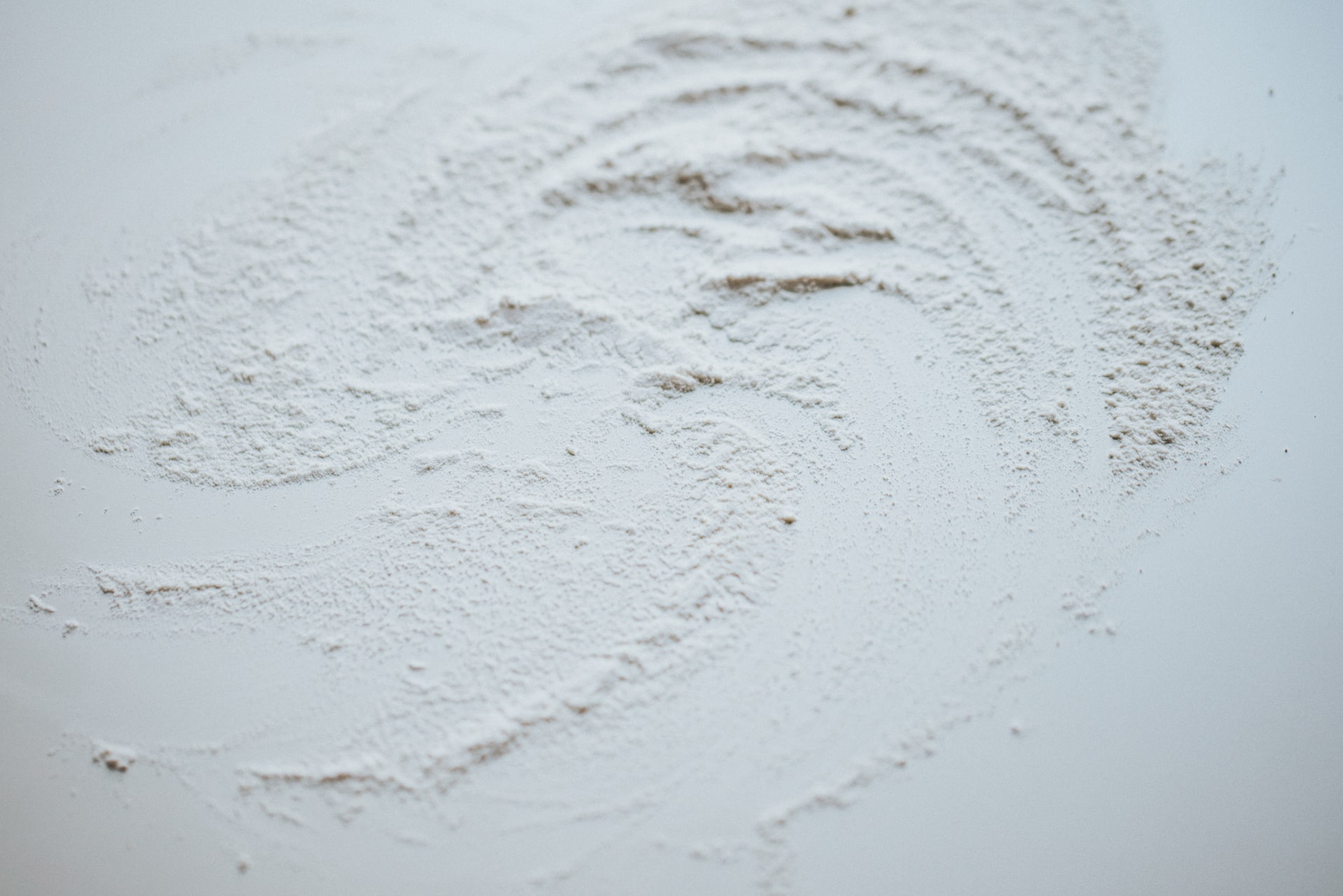Have you ever eaten Japanese mochi, Chinese pumpkin cake, or rice cake? If you have, you’ve probably enjoyed the beauty of glutinous rice flour. Sometimes though, you require a substitute. In this article, we explore the best options.
Contents
Top Pick: Give sorghum flour a go as it makes an ideal glutinous rice flour substitute. You can use them as a 1:1 replacement for each other, but make sure to add a little more water when using sorghum flour, as it’s not as sticky!
What Is Glutinous Rice Flour?
Glutinous rice flour (or sweet rice flour) is a starchy, chewy constituent of many Asian dishes. Don’t let these names fool you, as glutinous rice flour is gluten-free and isn’t sweet at all. The “glutinous” in the name refers to its sticky constituency, while the “sweet” is the name of the rice grain.
Substitute For Glutinous Rice Flour
1. Sorghum Flour

Sorghum flour has earned itself some media popularity these days. This flour is packed with amazing health benefits and is gluten-free as well. And the superfood contains valuable nutrients such as fiber, potassium, iron, magnesium, and more.
Utilizing this glutinous rice flour substitute is relatively easy. You can substitute an equal amount of sorghum flour for glutinous rice flour. However, sorghum flour isn’t as sticky as glutinous rice flour, so you should use more water in your recipe. This flour also works well with food coloring. Therefore, you’re good to go if you want to create multi-colored mochi.
2. Almond Flour

Besides being gluten-free, Almond flour is an excellent option for people that want to watch their carb intake. It also comes packed with proteins, vitamins, and minerals. Since almonds are often available in most pantries, you could grind your own almond flour if you’re up for it.
Unlike glutinous rice flour, almond flour is a lot less sticky. That means you’ll need to add a binding agent to your recipe. If you usually use 1 cup of glutinous rice flour for your recipe, make that 1.5 cups of almond flour. Almond flour isn’t that sweet either, so a bit of sugar might be necessary for this glutinous rice flour substitute.
3. Coconut Flour

It’s cheap, gluten-free, and readily available, and vegans can use it. As long as you don’t mind a little “coconutty” taste to your food, coconut flour makes a great substitute for glutinous rice flour. As the name suggests, coconut flour is derived from ground dried coconut.
One of the advantages of using coconut flour is that it has a bit of sweetness. So, adding sugar when using it as a substitute is not necessary. 1.5 cups of coconut flour will do for 1 cup of glutinous rice flour in any recipe. Unless you’re willing to add more water to your recipe, you need a binding agent to make coconut flour stickier.
4. Tapioca Flour

You’ve probably noticed that there’s tapioca flour and tapioca starch at your local grocery store? What you need to know is that they’re the same thing. Tapioca flour is made from ground dried cassava plants or yuca.
This is another glutinous rice flour substitute you can use in the same proportions as you would use glutinous rice flour. It even shares the exact sticky nature as glutinous rice flour. However, you may need to add some sugar to your recipe, as tapioca flour isn’t as sweet as glutinous rice flour.
5. Cornstarch
Cornstarch is an excellent substitute for glutinous rice flour if you use it as a thickener. This ingredient is derived from corn kernels, and it’s used by many people for their soups or sauces.

You can use cornstarch in similar quantities as your glutinous rice flour. And while this ratio works in most cases, you can always add a bit more cornstarch if needed. But be careful when introducing more cornstarch, as it’s known to become thicker as it gets warmer.
6. Potato Starch
Potato Starch is another option if you intend to use your glutinous rice flour as a thickening agent. As you may have guessed from the name, this substitute is made from starch extracted from potatoes.
When using potato starch, you’re free to use it in equal quantities as you would your glutinous rice flour. This substitute is pretty bland, though. So, a little sugar might be necessary to elevate your recipe.
Conclusion
There you have it. These are 6 ideal substitutes for the traditional glutinous rice flour. Even if you have glutinous rice flour available, you could still successfully use these substitutes if you’re up for some variety.
